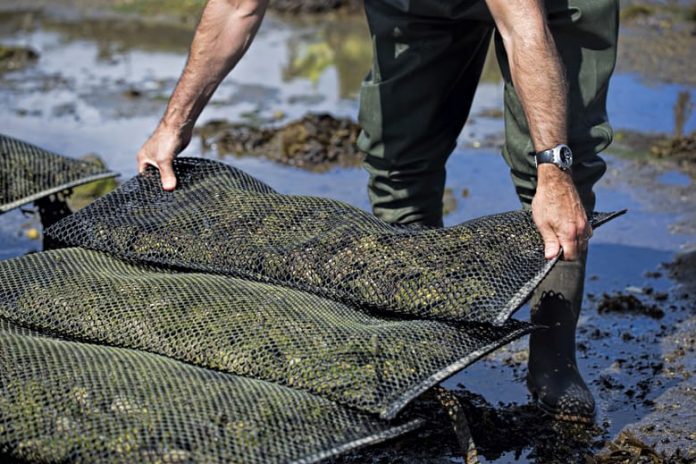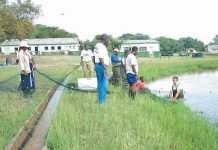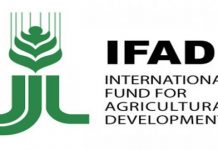Profiles of the most popular aquaculture species on the UK seafood market have been drawn up by Seafish to create an easy-to-use online tool to inform seafood buyers.
Seafish, the public body that supports the £6 billion UK seafood industry, has launched the new tool with nine profiles – Atlantic salmon, oysters, mussels, sea bass, sea bream, scallops, pangasius, tiger prawns and whiteleg shrimp.
These profiles offer a wealth of information on production location and production methods of each species, with a focus on key environmental issues including farm sites, nutrients, feed, disease and medicines, escapes and introductions as well as sustainability certifications.
Information on global, third party certification schemes has been pulled together in the same resource, making it easier for buyers to see what is being done to mitigate environmental and social impacts of aquaculture.
Aquaculture is the fastest growing food supply sector in the world and now accounts for half of all fish for human consumption. It is also recognised as one of the most resource-efficient ways to produce protein.
Lee Cocker, Aquaculture Manager at Seafish, said: “Seafood buyers have to look hard to find balanced and up-to-date information on aquaculture and we believe this can impact on the purchasing decisions when retailers or wholesalers are deciding which farmed products they want to make available to customers. Our hope is that the profiles on this tool will provide anybody interested in aquaculture the information they need to make informed decisions and help dispel some of the common myths about farmed seafood.”
The tool, which was showcased at the Seafood Expo Global, last month, has been widely praised by industry and business, including Direct Seafoods, as a vital pre-competitive resource that will boost the reputation of the aquaculture industry.
Mike Berthet, Market Development Manager at the Global Aquaculture Alliance, said: “This is a brilliant example of Seafish helping to educate and inform all those involved in the purchasing and consumption of farmed seafood. It is an excellent resource which helps to simplify the complexities of farmed seafood and dispel the misinformation surrounding aquaculture.”
The aquaculture profile tool complements the Risk Assessment for Sourcing Seafood (RASS) tool which was developed by Seafish four years ago and focuses on wild capture species. Unlike the aquaculture tool, RASS provides seafood buyers with a risk score based on a range of factors such as stock and bycatch.





